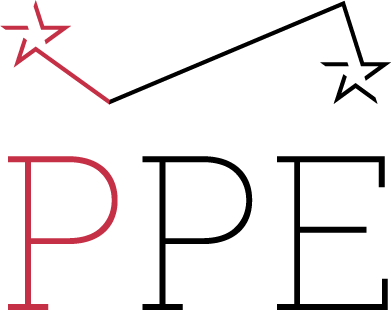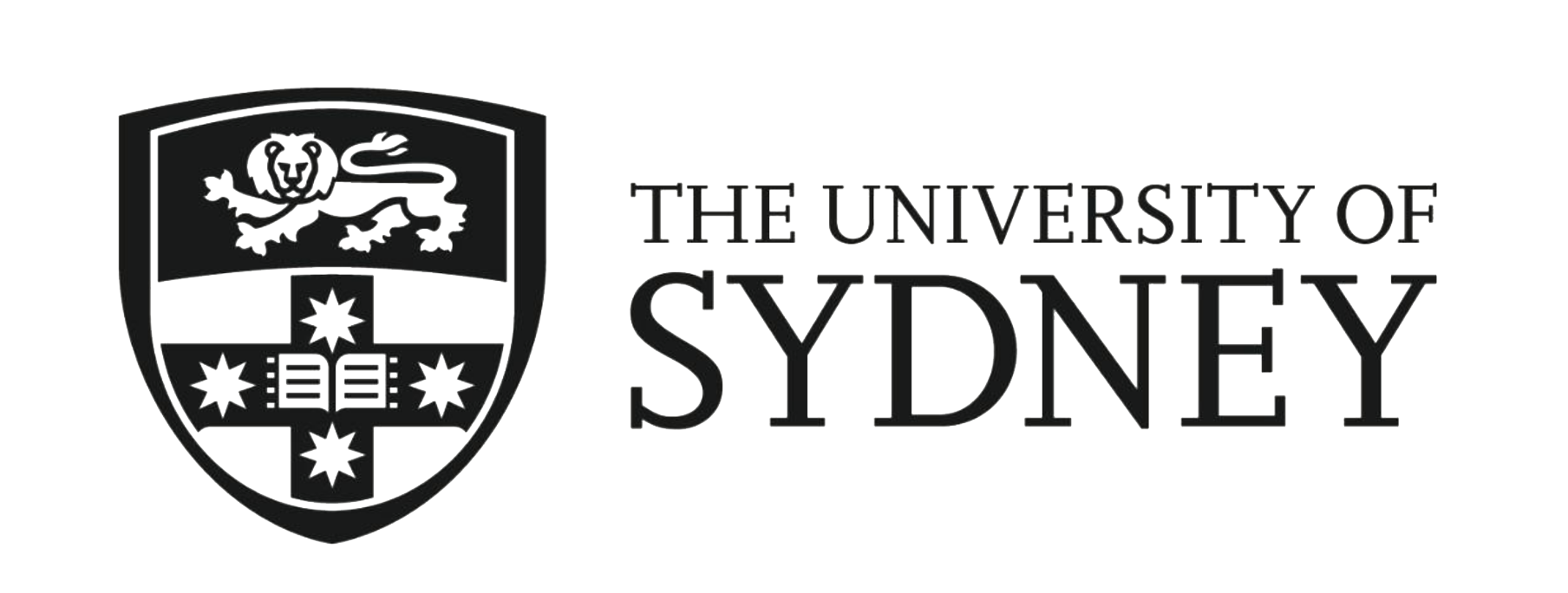Factory farms are horrific places. Globally, labor conditions in animal agriculture are appalling, with many workers facing unsafe conditions, low pay or no pay. The massive expansion of animal populations globally contributes to global warming, including through disproportionate land use and deforestation. Intensification of animal agriculture is a breeding ground for zoonotic disease. And of course, we know that factory farms are a nightmare for animals: these facilities rely on industrial scale forced reproduction, animals are routinely close confined, subject to deep controls over movement, sociality, diet and lighting, and experience pain, injuries and premature death as part and parcel of production and transport.
Yet the factory farm is increasingly the norm for meat and dairy production. Globally there has been a systematic global expansion of intensive animal agriculture , including through the industrialisation of aquaculture or ‘fish farms’. This has enabled hugely expanded production and consumption of animal based foods: the factory farm is one important reason for the massive expansion in world per capita meat and dairy consumption that has occurred over the last century.
 In my new book Animals and Capital, I follow through the implications of Marx’s value theory for thinking about capitalist animal agriculture. One important argument of the book is that animal labour power can be understood from the perspective of value, and this provides a fresh way to look at the factory farm.
In my new book Animals and Capital, I follow through the implications of Marx’s value theory for thinking about capitalist animal agriculture. One important argument of the book is that animal labour power can be understood from the perspective of value, and this provides a fresh way to look at the factory farm.
Marx’s understanding of the production process can be broken down into a number of simple components. In many production systems, the product is the outcome of labour power (measured in time), raw materials, and tools and machines coming together. For example, a chef in a kitchen might start with some raw ingredients (circulating capital), then use appliances, a stove and kitchenware (fixed capital) to work for a definite period of time (labour time) to produce a meal (the product).
We could illustrate this production process with the following simple formula:
Product (P) = Fixed Capital (FC) + Circulating Capital (CC) + Human Labour Time (LT)
or
P = FC + CC + LT
For Marx, intensification of production usually signals a changing technical composition of capital, with an increasing proportion of machines and raw materials deployed in production. Generally, this means that the ‘factory’ represents the arrival of both large quantities of fixed capital (machines, technologies), increased circulating capital (raw materials) and the relative reduction in in the number of human workers (or more particularly, human labour time).
In fully automated forms of production, human labour time might seem to completely disappear from the scene of production as machines arrive. We could amend our formula to account for this fully automated from of production as follows:
P = FC + CC
Here we imagine that human labour time has been completely removed from production, and products emerge from this fully automated factory purely through the interaction of fixed capital and raw materials. Note of course that in Marx’s view, machines embody the value of past human labour time, and this is expended during the production process. Further, the arrival of fixed capital does not actually mean that human workers get to rest; as Marx points out, this labour is redeployed or intensified. As such, in Marx’s story, human labour time is always present in production, including embodied in fixed capital.
To an extent the above usefully describes the tendency of the factory farm to reduce or eliminate human labour time. In many animal agriculture systems globally, human labour time is an important part of this production process. But as animal agriculture is increasingly automated, such as in the development of ‘smart’ fish farms, human labour time appears to be almost completely removed from the scene of production.
For Marx, only humans labour in a way that is valuable. Traditional Marxist theory would imagine that in the factory farm animals are merely the raw materials of production: in other words they are circulating capital, which is worked on in order to produce a product (meat).
But what happens to this picture if we assume animals not just raw materials, but also labour time?
In a previous PPE blog post, I have argued that we can conceptually makes sense of animal labour by reference to contemporary feminist labour theory – such as the work of Amrita Pande on commercial surrogacy – which theorizes how metabolic processes can be subsumed within capitalist production processes. In the case of animals, I argue that capitalist agriculture relies on living beings to be both a raw material that is worked on, and simultaneously life whose metabolic processes are relied upon as value creating labour to generate a new product. Conceptualising animal labour in this way means that animals arrive at production as a hybrid of raw material and labour, or alternatively, a combination of constant and variable capital.
We could represent this using an amended version of Marx’s production process, where animals are represented as both circulating capital (CCA) and animal labour time (LTA):
P = FC + (CC + CCA) + (LT + LTA)
In the above there is circulating capital (CC) in the form of animal feed, water, pharmaceuticals etc; however, simultaneously, animals are deployed as a form of circulating capital (CCA). Similarly, we can split labour time between human labour time (LT) and animal labour time (LTA), both representing together the combined labour time within production.
As I discussed above, intensification – the arrival of fixed capital – usually means a relative reduction in human labour time required per unit of production. If we could imagine a fully automated factory farm, with no human labour time involved, it could be represented as follows:
P = FC + (CC + CCA) + LTA
The above represents the complete elimination of human labour time. But what about animal labour time? Perversely, this cannot be eliminated, because animals represent both raw materials and they must become the product (meat). Indeed, intensification will see a massive expansion in animals used as raw materials (CCA) in order to produce more and more animal-based foods, and thus it is unavoidable that the animal labour force will continue to expand (as indeed it has globally). Machines cannot replace this labour that animals perform. Circulating capital in the form of feed will also need to expand in order for animals to reproduce their own labour (on themselves).
The inevitable expansion of animal labour time represents a cost of production that capitalist animal agriculture must continually seek to contain. Since animal labour cannot be removed, the solution for capital has been to use a variety of different strategies to make animal labour time more efficient, including shortening the lives of animals, standardising animal bodies to make them quicker to process, and increasing ‘yield’, including by enhanced control over feed.
In summary, then, what is the factory farm?
- The factory farm can be understood as a system of production where relative human labour time is minimised or eliminated; large quantities of fixed capital are deployed; animal lives must be expanded through forced breeding and thus the mass of animal labour time is also expanded; and other forms of circulating capital – such as feed – must be expanded to reproduce this animal labour force. These processes enable the over-production of consumption commodities as an output. The success of this model of the factory farm – as a modality of capitalist agriculture – can be measured by the radical way in which human diets have changed over the last century as a result of this overproduction, including through the unprecedented, in planetary terms, growth in chicken consumption.
- The factory farm, as I have described it, is a tendency towards intensification that continues apace across the planet, including through a recent push for ‘sustainable’ intensification. While there are certainly many forms of small scale and non-intensive animal agriculture globally, and human labour – particularly low wage, dangerous labour – is endemic to many intensive forms of production, the factory farm represents the generalized global trajectory of animal agriculture systems. China, for example, which traditionally had a massive backyard pig production industry, is now developing some of the largest intensive facilities in the world.
- The tendency everywhere in animal agriculture is to make all labour time efficient – for both human and non human workers. This perspective forces us to think of the factory farm as an ecology comprising a conglomerate of fixed capital, circulating capital and human and animal labour. Different strategies are used for the two different workforces – human and non human – within this ecology. Humans are progressively removed from production as it intensifies, making human labour time more efficient by its absence. The mass of animal labourers, on the other hand, are not reduced but expanded; but their labour is made more efficient through other strategies, including through continuing research to expand yield and reduce the lifespan.
- In the factory farm production becomes increasingly a process of interaction between animals and fixed capital to produce value. Here, animals have a different relationship to fixed capital. For Marx, the machine appeared in a relation of antagonism to the human worker: it was ‘a competitor who gets the better of the workman, and is constantly on the point of making him superfluous’. However, for animals, machines do not replace their labour. Instead, fixed capital – machines, enclosures and technologies – confront animals as ever-present and horrific adversaries, forcing them to produce value, taking their lives at the end of the process. This of course perfectly describes the factory farm and its particular horror – today we are bearing witness to the brutal confrontation between animal life and fixed capital within the capitalist production process.
The aim of my book is to push Marxist and left thinking towards a new understanding of the relationship between capitalism and animal life. The challenge before us is to work towards a future that liberates all workers from the painful, unfulfilling and deadly drudgery of work under capitalism.
*Animals and Capital could not have been written without the intellectual engagement and provocation of the Past & Present Reading Group at the University of Sydney. My thanks also to a Alex Blanchette for engagement which helped sharpen the ideas in this post.




Comments